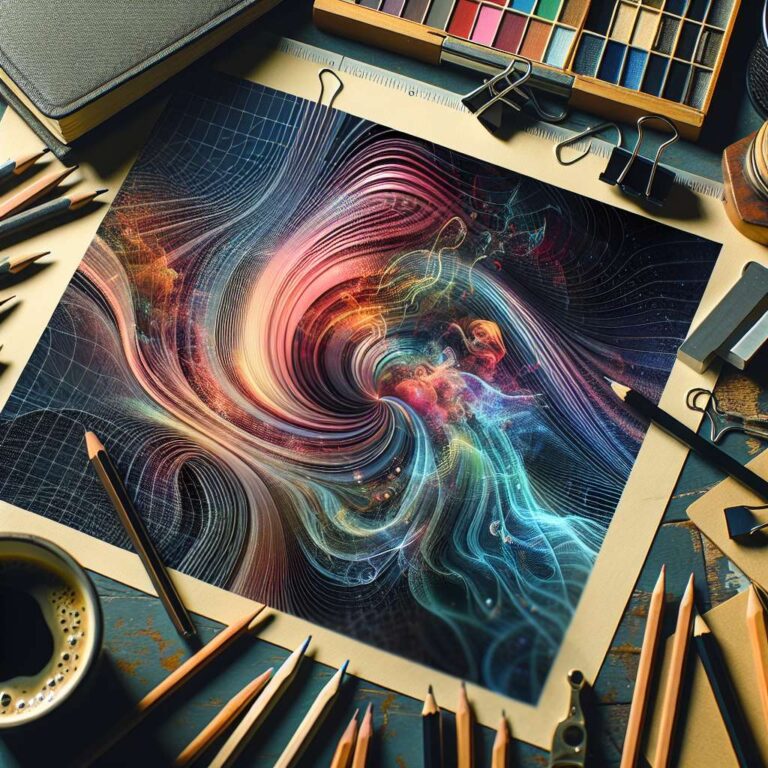In 2025, artificial intelligence image-to-video tools are redefining how creators turn static photos into lively, cinematic stories. The leading platforms in this revolution blend generative models with intuitive controls and collaborative features, making complex animations accessible to everyone. Among them, Runway ML stands out as a generative video playground, utilizing foundation models to animate images with stylish flair. It offers multi-model support, creative effects, and fine-scale motion controls, enabling users to apply diverse artistic styles and direct virtual cameras. However, videos are short—typically 4–8 seconds—so longer narratives require post-production assembly. Runway finds its strengths in concept prototyping, social media, and fast-paced creative workflows rather than detailed, prolonged edits.
Akool delivers a cinema-grade standard for image animation. Featuring a deep neural network capable of converting photos into dynamic, physics-driven scenes, Akool introduces innovations like physics-based motion control and a temporal consistency engine for lifelike movement and stable subjects. Its auto-storyboard tool can stretch a single image into a short narrative, while 4K HDR rendering ensures visual quality that rivals professional studio footage. Akool appeals to a broad swath of users, from marketers animating product visuals to educators reviving historical photos, all benefiting from high-fidelity, realistic video generation with accessible tools and transparent pricing.
Pika Labs harnesses community-driven creativity in artificial intelligence video generation. With playful, one-click effects (known as Pikaffects), multimodal input support, and keyframe sequencing, Pika Labs enables rapid, fun content creation. Its focus on brief, high-energy outputs fits social posts, memes, and educational snippets, leveraging an active Discord for sharing templates and effects. While its outputs are capped at 1080p and 10 seconds, Pika Labs excels at democratizing visual storytelling for users seeking quick, quirky animations rather than detailed realism.
Kaiber targets music and entertainment creators, blending image-to-video capabilities with audio-reactive animation. It transforms images (and audio) into videos that pulse, cut, or morph in sync with soundtracks. With customizable style templates and prompt-based scene sequencing, Kaiber streamlines music video and Spotify Canvas production, offering up to 4K output. While its visual style leans more toward artistic abstraction than precise realism, Kaiber shines in scenarios where video must feel musical and dynamic with minimal manual syncing.
Morph Studio brings pseudo-3D animation to image-to-video, reconstructing depth and enabling camera movement within still images. Its storyboard canvas and granular scene controls let users structure multi-shot animated stories, applying different visual styles and integrating various generative models in a single interface. The result is a flexible studio for filmmakers, designers, or educators aiming to add depth and movement to otherwise static content. Limitations exist in true 3D reconstruction from single images and processing demands for high-resolution outputs, but Morph Studio offers an inventive approach to dynamic storytelling.
Taken together, these platforms represent the cutting edge of artificial intelligence-driven video generation—pushing the boundaries of physics simulation, narrative control, community creativity, and interactive music visualization. For users seeking the highest degree of realism and professional polish, Akool´s physics engine sets a new benchmark, while the variety and accessibility of Runway ML, Pika Labs, Kaiber, and Morph Studio ensure that dynamic video creation is within everyone´s reach.

